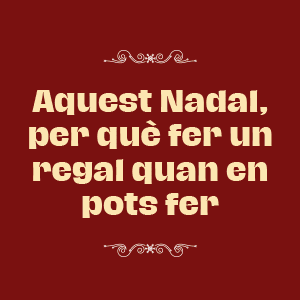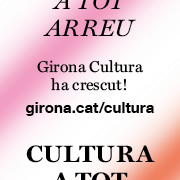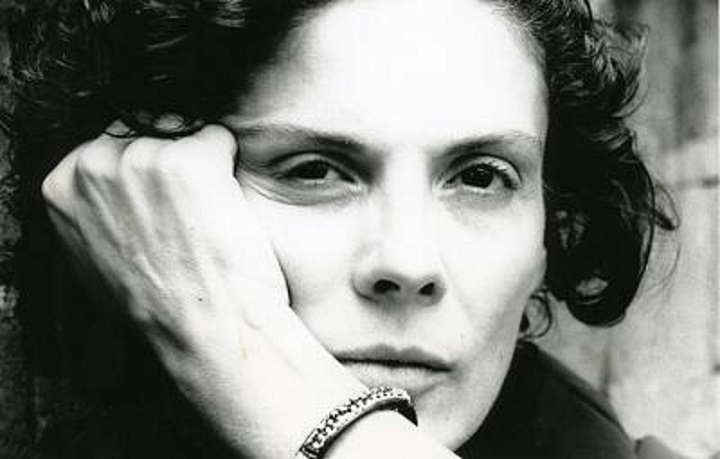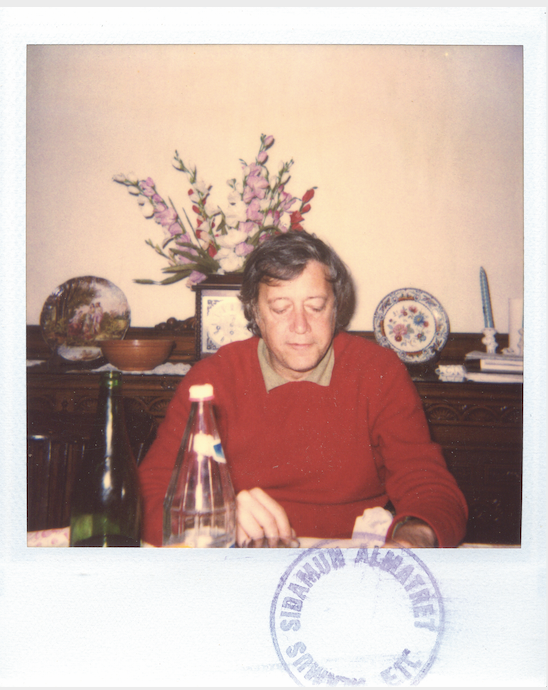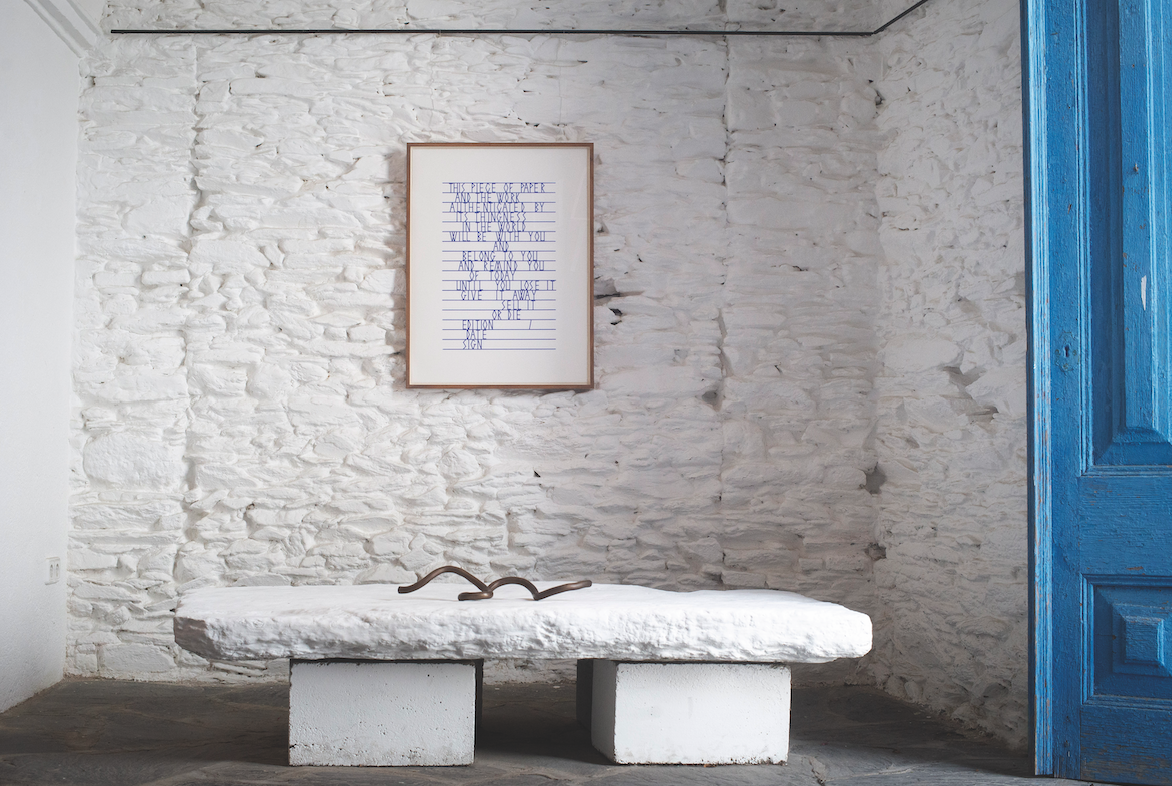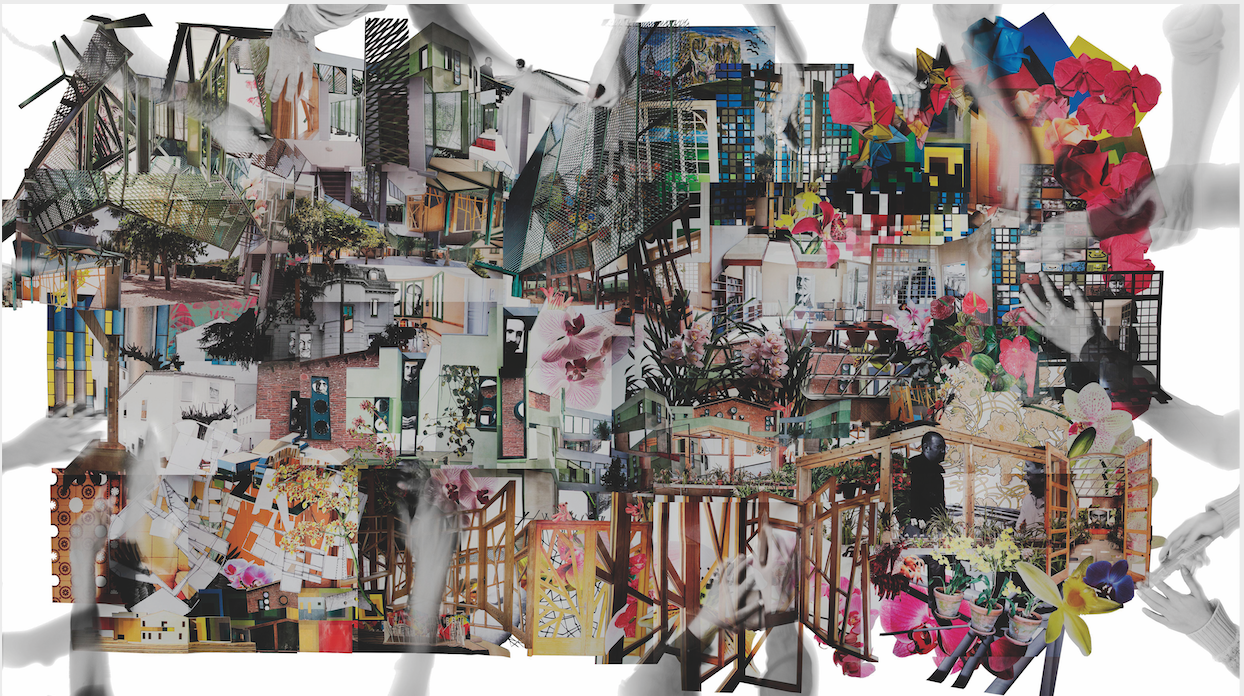Exhibitions
Santiago Gimeno. Footprints II
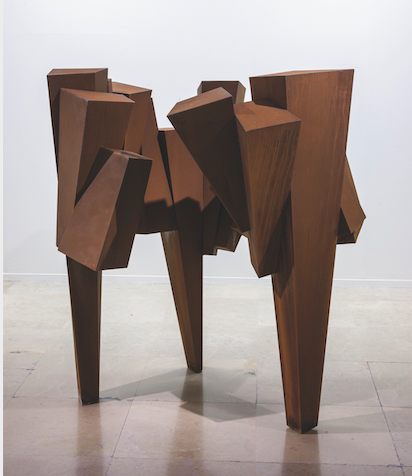
Going through life, living its spaces and everything that happens there is the inspiration that moves the creative mind of Santiago Gimeno. His work is a challenge to our way of being, of being, of occupying spaces and assimilating the places around us. These are not places of passage, but of understanding space as a place in which to endure and remain. Inhabiting a space is not just being there but confusing us with it. Gimeno is aware of the marks that time leaves on our environment, our bodies and the transformation that this implies in everything around us. Becoming human is not an immaculate transit.
It is at this point that Gimeno's works offer us a reflection in two complementary directions. On the one hand, and as Jaime Ángel points out, the development of this work has led the artist to consider new horizons in his art, more linked to exploration and the interest in redefining spaces. That is, whether we are passive or active agents in the configuration of these spaces. On the other hand, away from the more physical and bodily issue, Gimeno is aware that all this leaves a memory that preserves the lived experience. These two aspects of Gimeno's work converge in the Parc dels Estanys, which becomes the ideal setting for this project, which includes a set of 13 large-format sculptures entitled Footprints II.
As we walk through the park, on the walk, as we walk, the sculptures appear as collections of experience, metaphors of the footprint that experience and the passage of time leave on us. Precisely this concept of footprint, which Gimeno reviews in Platja d'Aro, already occupied a special interest of the artist during the retrospective that he inaugurated in 2018 at the Museum of Zaragoza. These "footprints" are, in the words of Walter Benjamin, "the appearance of a closeness, no matter how far it may be that left it behind." A closeness that, from the present, keeps us connected to the past. The imprint is first and foremost a material where the past can be built and updated in the present.
Conceived from a marked rotundity of an almost architectural nature, the result is a work of great formal austerity that, almost like ritual totems, refers to the ancestral of primitive cultures rooted in the land. Where we have so often sought the memory contained in the images of our past, to understand our present.


